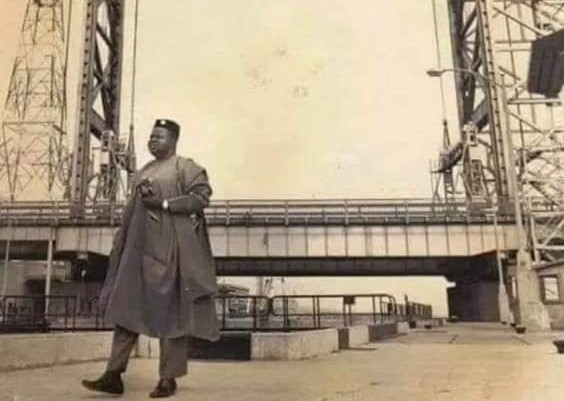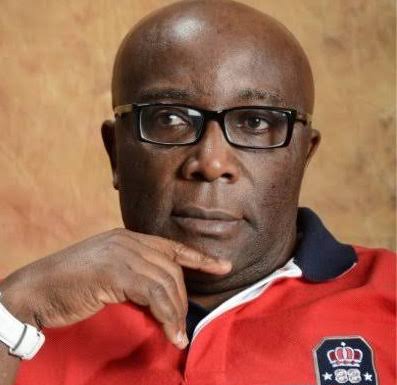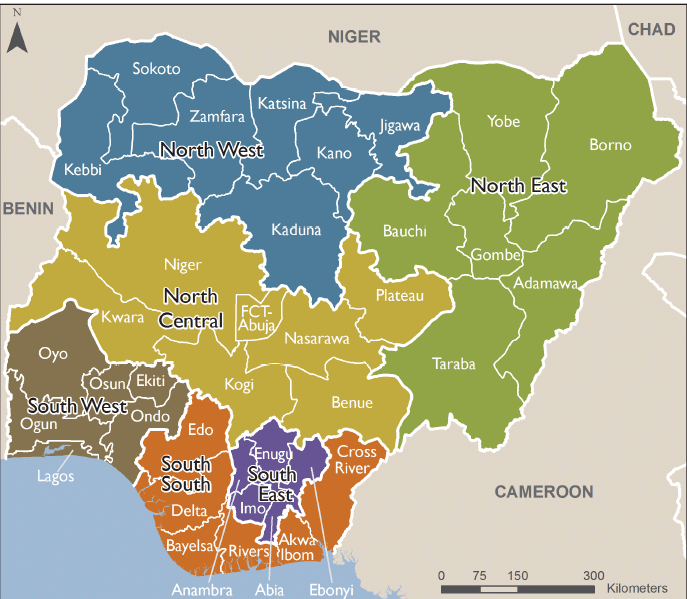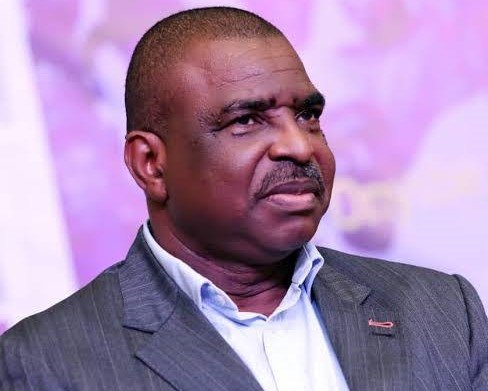Eastern Nigeria once had an economy growing at over 9% annually, fueled by strategic planning, industrialization, and visionary leadership. This opinion piece revisits the region’s lost economic blueprint, the impact of the civil war, and what can be learned from history to rebuild a sustainable future.
The economy of the former Eastern Region was meticulously planned from the ground up by the U.S. consulting firm Arthur D. Little. Dr. Nnamdi Azikiwe brought them in, and they worked closely with M.I. Okpara, Sam Otti, and Eluwa, who led the Civil Service. They also collaborated with Sir Louis Phillip Odumegwu Ojukwu, who was the Chairman of the Eastern Nigeria Development Corporation (ENDC) and the Eastern Nigeria Commodities Board (ENCB).
Sir Louis Phillip Odumegwu Ojukwu was a business titan, serving as Chairman of 15 multinational companies, including John Holt, PZ, Michelin, Costain, Thomas Wyatt, Guinness, and GB Ollivant. His wealth and influence were so vast that he single-handedly funded the establishment of the Lagos Stock Exchange but refused to list his company there for fear of losing control. His photo still hangs in the exchange as its first chairman.
Arthur D. Little also worked with a team of young Eastern Nigerian economists, including Pius Okigbo (PhD, Northwestern), Ukwu I. Ukwu (PhD, Cambridge), and Chukwu Sunday Okongwu (PhD, Harvard). These men, in their early twenties, were instrumental in planning the region’s economy.
“At over 9%, the Eastern Region had the fastest-growing economy on earth consistently for nine years.”
The consultancy recommended the establishment of a university in the East to develop key skills for economic growth. Dr. Azikiwe sent Dr. Akpabio, then the East’s Minister of Education, on an extensive tour of universities in Michigan and New York to establish academic collaborations. As a result, the University of Nigeria, Nsukka (UNN) became the first in Nigeria to offer courses in medicine, engineering, surveying, photogrammetry, and business administration.
A Booming Industrial and Agricultural Sector
The Eastern Region’s economy thrived on agricultural exports, including palm oil, palm kernel, coal, cocoa (from Ikom), coffee (from Obudu), and later, petroleum from Izombe-Oguta and Oloibiri.
Despite starting late in development compared to the West, the implementation of Arthur D. Little’s economic plan saw the East’s economy grow at an impressive rate of 9.2% annually from 1958 to 1967. This growth rate was the highest in the world at the time, with projections showing the East would surpass the West in total capital formation by 1978.
“At over 9%, the Eastern Region had the fastest-growing economy on earth consistently for nine years.”
Industrialization was a key component of this growth. Sir Louis Phillip Odumegwu Ojukwu leveraged his influence to establish industrial estates and corridors, creating hubs of economic activity:
- Trans-Amadi (Port Harcourt) – Heavy industries
- Aba – Light industries
- Umuahia – Biotechnology
- Emene (Enugu) – Steel and industrial automation
- Nkalagu, Port Harcourt, and Calabar – Cement and building materials
- Onitsha – Retail trading emporium
- Obudu (Cross River) – Dairy production and tourism

Three major industrial corridors were also planned:
- Emene-Nkalagu Industrial Corridor – Focused on automobiles, building materials, and industrial automation. U.S. company Kaiser Motors had agreed to establish a car and engine manufacturing plant in Emene.
- Port Harcourt-Aba Industrial Corridor – Connected industrial centers in Trans-Amadi and Aba, with feeder industries along the highway.
- Onitsha Retail Economy – Designed to attract buyers from across West and Central Africa, a model Dubai would later adopt on a global scale.
The Collapse: Civil War and Its Aftermath
The Nigerian Civil War (1967–1970) abruptly halted this economic momentum. The war devastated the Eastern Region, and many of its ambitious industrial and agricultural projects never recovered. Oil, discovered late in the region, became a national asset seized by the Federal Government under General Yakubu Gowon, with no compensation paid to the East.
“Rather than whine every day, we Igbos should sit down, learn our history, and see how we can work together to build again from scratch.”
Post-war economic policies further sidelined the East, with major industrial projects like catalytic cracking refineries and manufacturing plants relocated to other parts of Nigeria, including Kaduna. The federal government’s control over oil revenue meant that Eastern Nigeria, the primary producer, was left without the economic benefits of its own resources.
Learning from the Past, Building the Future
Rather than lament the past, Igbos must study their history and examine the growth plans that were derailed in 1967.
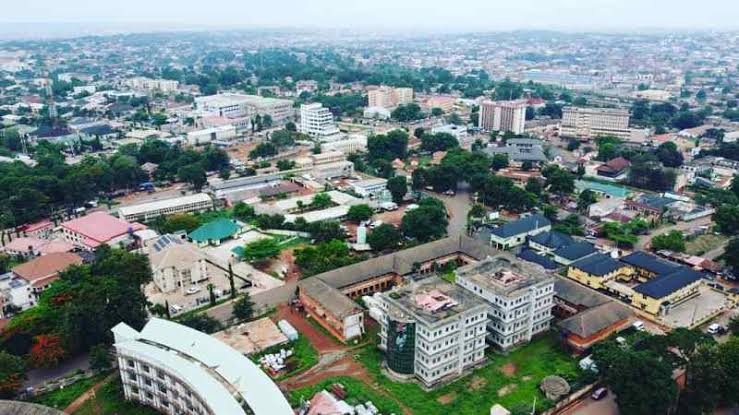
The foundations laid by Arthur D. Little, Sir Louis Phillip Odumegwu Ojukwu, and Dr. M.I. Okpara provide a roadmap for rebuilding the region’s economy. Industrialization, education, and economic self-sufficiency must once again take center stage.
The opinions expressed in this article are strictly those of the author and do not necessarily align with the views of JolibaLive News! or any of its staff members. The author is in no way associated with this online news blog.
Like 👍, Comment, share this article, and Follow us on our social media handles.
Feel free to download and share our Daily Newsletter for Thursday, March 06, 2025. 👇



